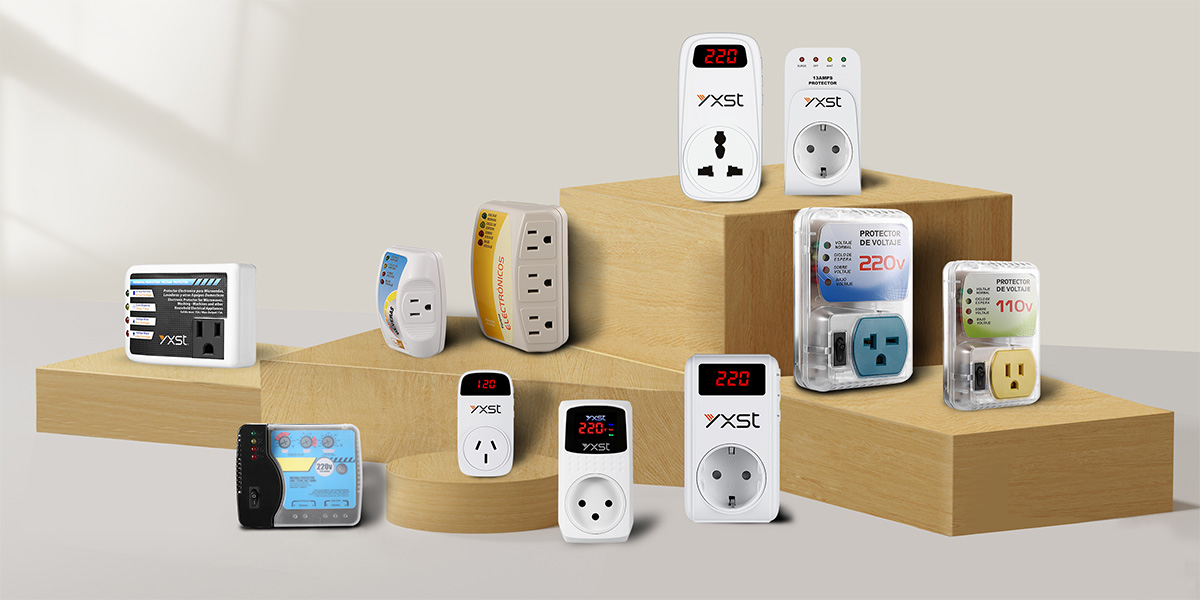There are obvious differences between automatic voltage switches and automatic voltage protectors in terms of functions and applications:
Automatic voltage switch(AVS)
Function: Automatically connect or disconnect the power supply according to the preset voltage value to ensure the equipment operates within the safe voltage range.
Application: Commonly used when automatic power control is required, such as lighting, motors, etc.
Features:
– Automatic switching of power supply
-Protect equipment from voltage fluctuations
-Simple structure and low cost

Automatic voltage protector(AVP)
Function: Monitor voltage, cut off power supply when it exceeds the set range, and provide overvoltage, Undervoltage, short circuit, and other protections.
Application: Automatic voltage protector Suitable for precision equipment that is sensitive to voltage, such as computers, medical instruments, etc.
Features:
-Multiple protection functions
-Fast response speed
-Complex structure and high cost

Automatic voltage protector(AVP) VS Automatic voltage switch(AVS) Main difference
Function: An automatic voltage switch only controls the power supply on and off, while an automatic voltage protector provides multiple protections.
Application: The former is used for general equipment, while the latter is used for precision equipment.
Complexity: The former has a simple structure, while the latter has a complex structure and high cost.
Summary
Automatic voltage switches are suitable for basic power control, while automatic voltage protectors are suitable for precision equipment that requires comprehensive protection. The choice should be made based on specific needs.




